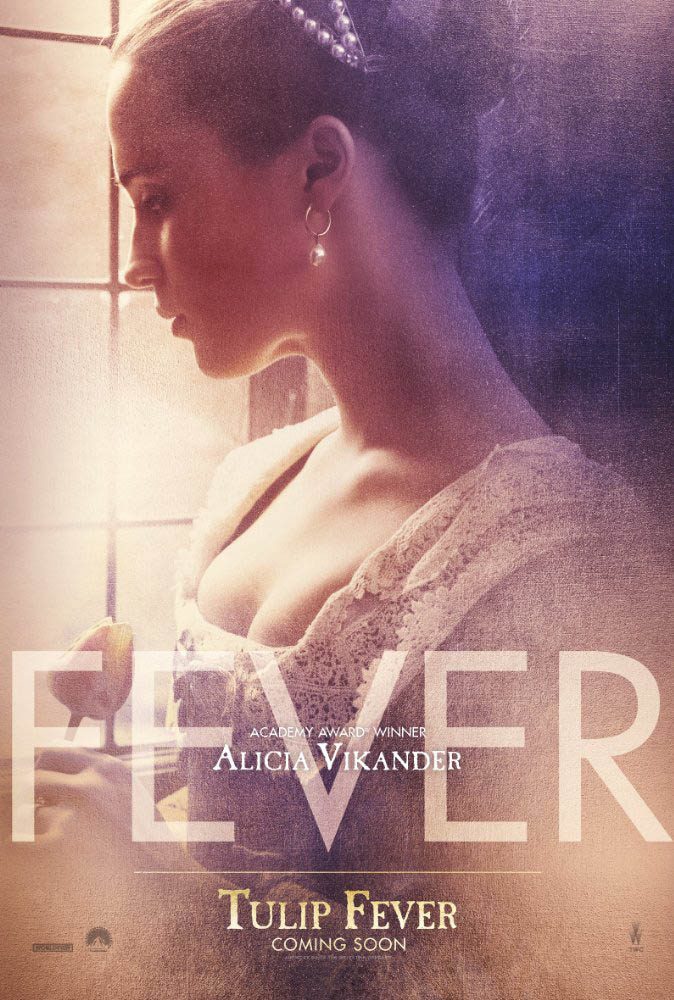“Tulip Fever” falls flat despite star-studded cast
When any sort of big budget project is delayed for three years with little explanation, chances are that the final product is either going to be really good or really bad. Just ask Justin Chadwick. His new movie, “Tulip Fever,” was filmed back in 2014, but is just being released now. Despite the star-studded cast and critical appeal the film boasted, it is absolutely terrible in almost every way.
“Tulip Fever” loses audiences almost immediately in a clutter of unnecessary subplots that are led by underdeveloped, self-absorbed characters. (The few characters that are even remotely likable suffer from their peers’ ridiculous self-pity and antics for the majority of the film.) The first half of the film leaves viewers wondering what the main story actually is, as it teeter-totters between the unnecessarily dramatic lives of Sophia (Alicia Vikander) and her servant, Maria (Holliday Grainger).
The former struggles to conceive a heir for her husband (Christoph Waltz) while hiding her affair with an artist (Dane DeHaan) who her husband hired to paint their portrait. The latter suffers a multitude of relationship issues that may or may not be relevant to whichever one of Sophia’s many issues is supposed to be the main conflict.
As if that is not confusing enough, the tulips referenced in the film’s title are of high value in the 17th century, during which the film is set, and most of the main characters—at one point or another—all decide that these tulips are the solution to their problems and that they should invest in this market (for their own good, of course).
It feels like a weak attempt at a Shakespearean tragedy with three times as many sex scenes (none of which serve any purpose other than to make the audience feel uncomfortable). To make matters worse, DeHaan’s lackluster performance is the only thing that will prevent audiences from viewing his character as little more than a rip-off of Leonardo DiCaprio’s character in “Titanic”—a poor artist that saves a wealthy girl from a relationship in which she is unhappy.
In addition to the flawed plot, many of the A-list stars who appear in the film have little more than a cameo—ranging from Zach Galifianakis’ out-of-place portrayal of the artist’s drunken friend to disappointingly small performances from Matthew Morrison and Cara Delevigne. However, perhaps the biggest snub of this film is the minimal screen time Dame Judi Dench receives in her supporting role of the Abbess of St. Ursula, which could have earned her an Academy Award nomination for Best Supporting Actress were it not attached to such a lifeless film.
That’s not to say the film doesn’t have some things going for it. The cinematography is, for the most part, beautifully done. Unfortunately, the cinematography is still not enough to save this film, as it falls short in nearly everything else.
“Tulip Fever” is the perfect example of Oscar bait with wasted potential. The film’s focus on a mostly useless ensemble cast and laughably bad sex scenes should have been redirected towards plot and character development. Even then, the film might not be comprehensible. Though it has its moments where it flourishes, they are few and far between, leaving “Tulip Fever” to wither and die in the minds of its audiences—if they’re lucky.
Rating: 2/5 stars








